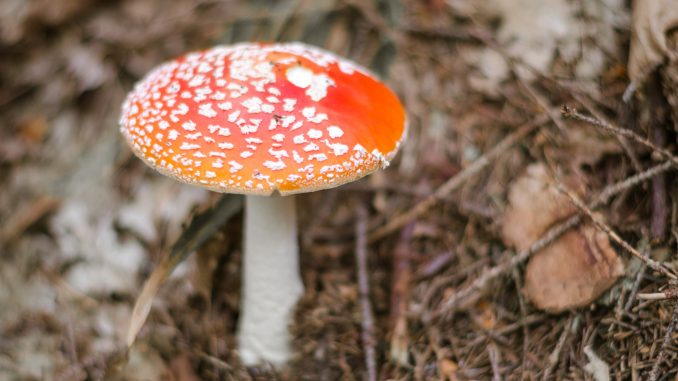
Several species of mushrooms are considered to be among the most poisonous in the world due to their high levels of toxic compounds. I’ve listed some of the most toxic but there are plenty more that need to be checked carefully.
Why the interest? Well, mushroom poisoning is an issue for anyone who forages for them because the difference between a safe and poisonous one is often very subtle.
- Amanita phalloides (Death Cap): This is one of the deadliest mushrooms. It contains amatoxins, which can cause severe liver and kidney damage. Symptoms may not appear until hours after consumption, making it particularly dangerous.
- Amanita virosa (Destroying Angel): Similar to the Death Cap, this mushroom contains potent amatoxins. It can lead to organ failure and death if ingested.
- Amanita bisporigera (Eastern North American Destroying Angel): Another member of the Amanita genus, it also contains amatoxins and is extremely toxic.
- Conocybe filaris (Death Cap): While not as well-known as Amanita species, this mushroom contains the same type of toxin, amatoxin, and can be lethal if consumed.
- Orellanine-containing mushrooms: These include members of the Cortinarius genus. They contain the toxin orellanine, which can lead to kidney failure and other serious health issues.
- Galerina marginata: Often mistaken for edible mushrooms, this species contains amatoxins and can cause severe liver damage and death.
- Gyromitra esculenta (False Morel): This mushroom contains a compound called gyromitrin, which can be converted into a toxic compound called monomethylhydrazine (MMH) when ingested. It can lead to symptoms ranging from mild gastrointestinal distress to more serious neurological effects.
- Lepiota brunneoincarnata (Fool’s Mushroom): This mushroom contains amatoxins similar to the Death Cap and can cause severe poisoning.
It’s crucial to note that accurately identifying mushrooms in the wild can be challenging, and misidentification can have deadly consequences. If you’re not an experienced mycologist, it’s best to avoid consuming wild mushrooms altogether to ensure your safety. If you suspect mushroom poisoning, seek medical attention immediately.

Leave a Reply